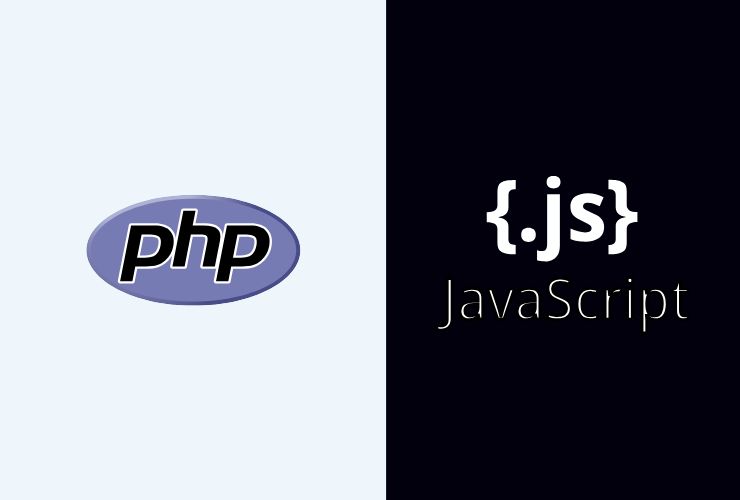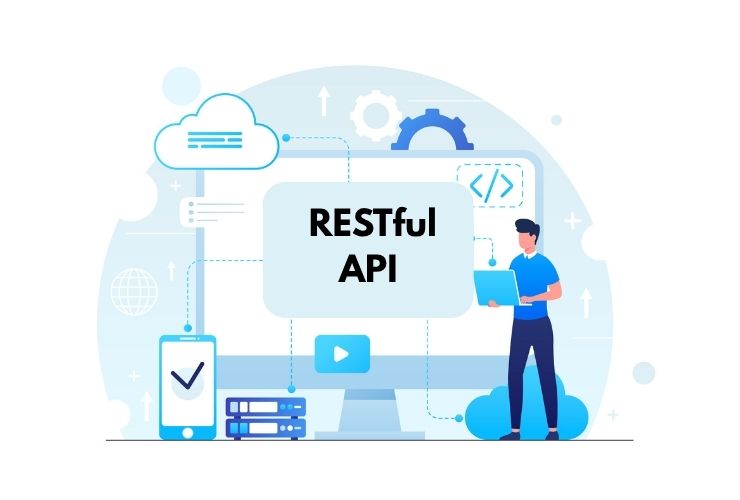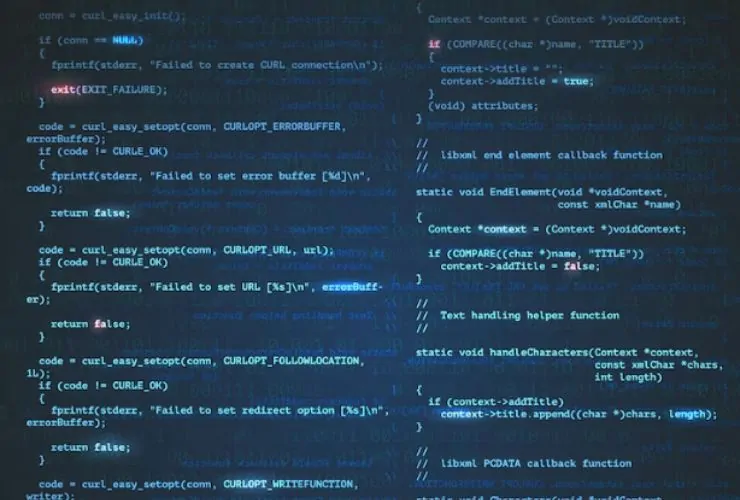PHP and JavaScript are two of the most popular programming languages in web development. Each has their own strengths and abilities, so when you know what they can do, you can make better choices when building or scaling your product.
PHP: The Backend King
PHP (Hypertext Preprocessor) is a server-side scripting language designed for web development. It handles the backend logic, everything from processing form submissions, to querying a database, to rendering HTML on the server.
Reasons to choose PHP:
- Server-side logic – It is easy to do things like authentication, session management, and business logic.
- CMS – It powers some of the most popular CMS solutions – WordPress, Drupal, and Joomla – and since they are all focused around content, it works great for content-heavy sites!
- Fast deployment – PHP is available on almost every hosting service and is bundled with MySQL and Apache.
- Stable ecosystem – PHP has matured enough to have strong frameworks such as Laravel and Symfony, and a large community of developers.
JavaScript: Moving from frontend to full-stack
JavaScript is mostly used as a client-side programming language for interactive web pages. With the added power of Node.js, you can use it on the server (as well) – thereby creating a full JavaScript application.
When do you want to use JavaScript?
- Interactive interfaces: Adding animations, dropdowns, and other dynamic UI elements
- Single Page Applications (SPAs): Frameworks like React, Vue.js, and Angular give you the ability to construct a single-page front-end experience that feels like a full “app.”
- Real-time functionality: Instantaneous chat applications, live updating of information, and collaborative applications.
- Full-stack development: The possibility of using just one programming language for both frontend and backend – with Node.js
Side-by-Side Comparison
| Feature | PHP | JavaScript (with Node.js) |
|---|---|---|
| Execution Context | Runs on the server | Runs in browser (frontend) or server via Node.js |
| Primary Role | Backend logic and server rendering | Frontend interactivity, backend logic with Node.js |
| Frameworks | Laravel, Symfony, CodeIgniter | React, Vue.js, Angular, Express.js |
| Typical Projects | Content-heavy sites, CMS | SPAs, real-time apps, full-stack applications |
| Learning Curve | Easy to start with backend basics | Moderate to advanced, especially with modern frameworks |
| Community & Support | Large, stable, backend-focused | Vibrant, fast-evolving, full-stack capable |
When to Choose PHP vs. JavaScript
When to use PHP:
- When creating a traditional website or CMS-based webpage
- When the focus of the page is primarily data on the server-side (e.g. your page is mostly page rendering)
- When you will use shared hostingless (e.g. you know how to use) web hosts that lack Node.js, and you want familiar back-end development tools.
When to Use JavaScript:
- When you want a feature-rich, highly dynamic experience on the front-end
- When the site is will be primarily a SPA or PWA.
- When you need real-time features.
- When you want to build a full-stack application using just one language (Node.js).
How they Fit Together: PHP + JavaScript = Best of both Worlds
It’s common to see applications that use both languages:
- PHP managing the backend: reliable data storage, authentication, and business logic
- JavaScript managing the frontend: Dynamic, responsive applications built with tools and frameworks like Vue
Final Thoughts
In the modern landscape of web development, PHP and JavaScript serve distinct yet complementary purposes. PHP is a mature and well-proven backend technology that excels at server-side rendering, content management systems, and database-driven application development. JavaScript, on the other hand, is the dominant frontend programming language in use today—enabling developers to create engaging user experiences with rich interactivity and real-time updates across the web. In fact, with the recent arrival of Node.js, JavaScript is now a full-stack programming language that can facilitate client-side and server-side logic.
Choosing between PHP and JavaScript, or a mixture of both, will depend ultimately on some factors like:
- Project Scope: Are you working on a classic website, a dynamic web app, or real-time web platform?
- Team Capabilities: Does your team have greater animals with their backend or frontend skills? Can they work with full-stack JavaScript?
- Performance Requirements: Will the app need speedy rendering, real-time data sync, or backend logic on heavy processing involved?
- Scalability: Are you looking to quickly scale, interface third-party tools, or add microservices later on?.









